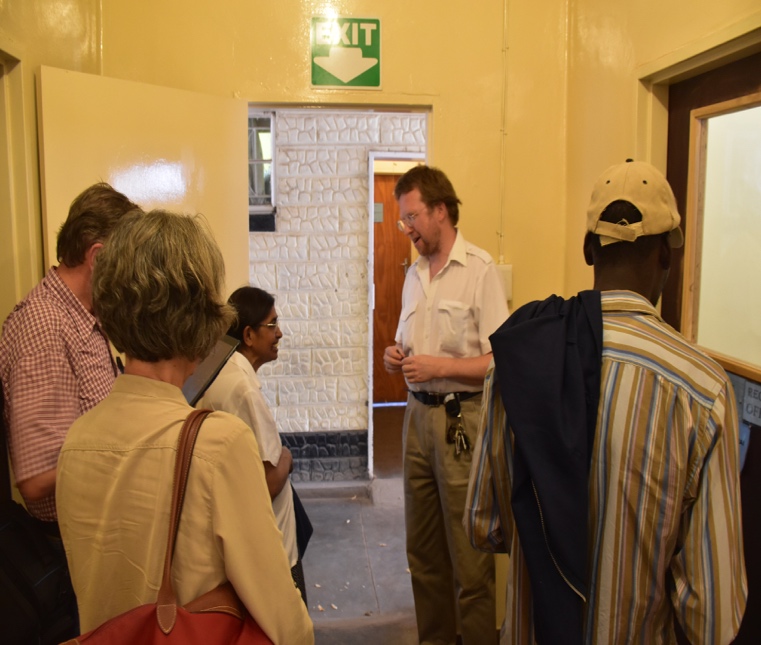Hello – I want to express my deepest gratitude to the Sarita Kenedy East Foundation and to the many individual supporters who have given generously in support of the cervical cancer prevention work I am doing at St. Albert’s and Karanda mission hospitals in Zimbabwe. This work, done in collaboration with Better Healthcare for Africa (BHA) and with physicians at both hospitals, has saved the lives of mothers and helped maintain the health of families. This work would not have been possible without your support.
Last, a special thank you to the dedicated VIAC teams at both St. Albert’s and Karanda mission hospitals. We are proud of the work you have done and continue doing each day under difficult circumstances.
I offer this progress report as a measure of my thanks to you all and to demonstrate that your support truly matters.
Sincerely yours,
Lowell E. Schnipper, MD
PROGRESS REPORT
Cervical Cancer Screening at Two Mission Hospitals: 2019
St. Albert’s Mission Hospital, Centenary, Zimbabwe
and Karanda Mission Hospital, Mt. Darwin, Zimbabwe
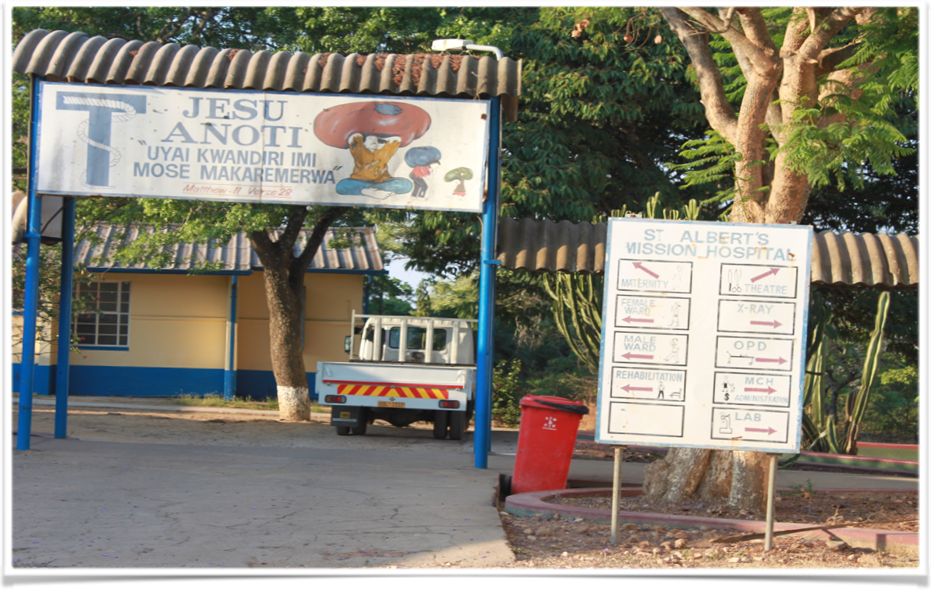
Preserving the health of the mother is of critical importance in maintaining the health of a family and a community. Cervical cancer is the largest cause of death from cancer in women in Zimbabwe. This striking prevalence is due to the lack of screening through Pap smears, which is widely available in Western Europe and the US.
The cancer screening project we have initiated in collaboration with St. Albert’s Mission Hospital (stalbertsmissionhospital.org) and at Karanda Mission Hospital (www.karanda.org) is based upon the technique termed Visual Inspection with Acetic Acid and Cervicography (VIAC). This technique (VIA) is endorsed by the World Health Organization as an effective, inexpensive approach to reducing the incidence of cervical cancer in under-resourced nations.
The test involves application of a small amount of dilute acetic acid to the cervix (harmless and painless), followed by inspection to determine whether a well demarcated area of white color can be seen, indicative of a pre-malignant or malignant abnormality. The addition of cervicography (which refers to photographing the cervix after the application of 3% acetic acid) is a quality assurance measure that enables nurses to take digital photos of the VIA test result, transmit them to a laptop, and have the images checked by a skilled gynecologist.
World-wide, tens of thousands of lives have been saved and illness prevented through detection of precancerous abnormalities. The Zimbabwean Ministry of Health fully supports this initiative and is hoping to extend such programs throughout the nation, but their efforts are severely limited by the absence of resources
St. Albert’s Mission Hospital
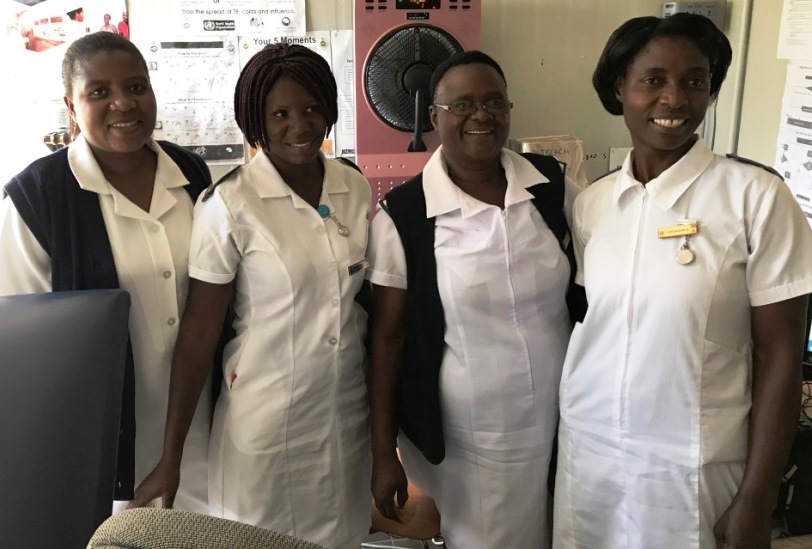
The St. Albert’s cancer screening program commenced August 1, 2013 with indispensable assistance of a generous grant from the Sarita Kennedy East Foundation. The grant, administered by Better Healthcare for Africa (BHA), has enabled the hiring and training of nurses to perform VIAC, provide cervical cancer education to women who come for screening at St. Albert’s and to women (and men) in villages within the hospital’s catchment area.
The fundamental premise of this cancer-prevention program is that identifying and treating premalignant lesions will prevent full-fledged cervical cancer from developing. Judging by the data we have seen this goal is being realized. An additional benefit of the program is the discovery of other problems such as cervicitis, polyps, and schistosomal infections, which are relatively easily treated.
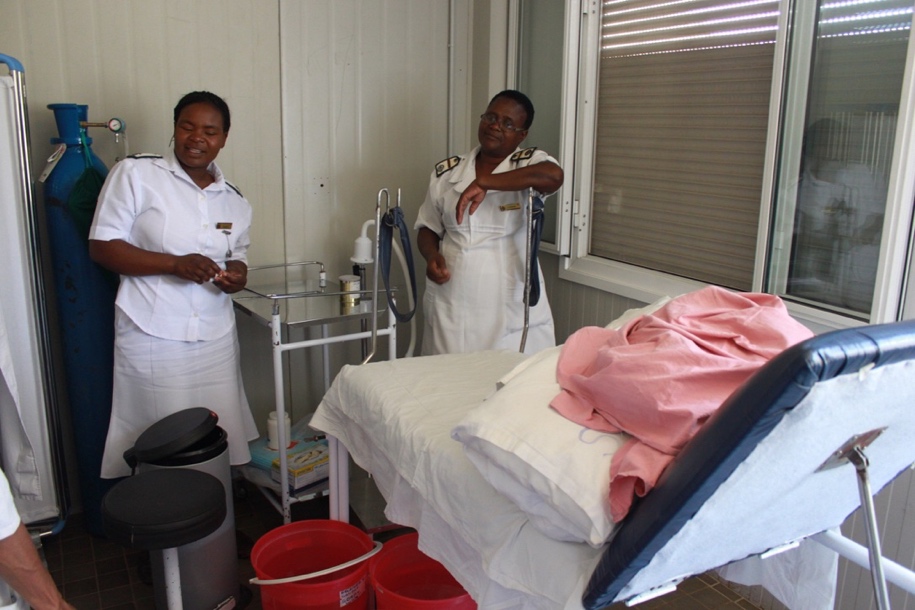
Since its inception, through December, 2018, in excess of 10,751 women have been screened, 457 have been found to have VIAC-positive lesions. Nine percent of HIV-positive and 3% of HIV-negative women were positive on VIAC screening. One hundred twenty-two lesions suspicious for invasive cancer have been identified, and following confirmation by biopsy, many underwent curative hysterectomy or were sent to the Parirenyatwa university hospital in Harare for definitive treatment (surgery and radiotherapy). Sadly, a large number were too far advanced to receive any treatment. Treated women are asked to return in 6 weeks and then one year for follow-up visits. These women have been prevented from developing cervical cancer.
Noteworthy accomplishments include expansion of the educational and screening program to rural clinics staffed by St. Albert’s to include monthly VIAC screening supervised by St. Albert’s staff.
Karanda Mission Hospital
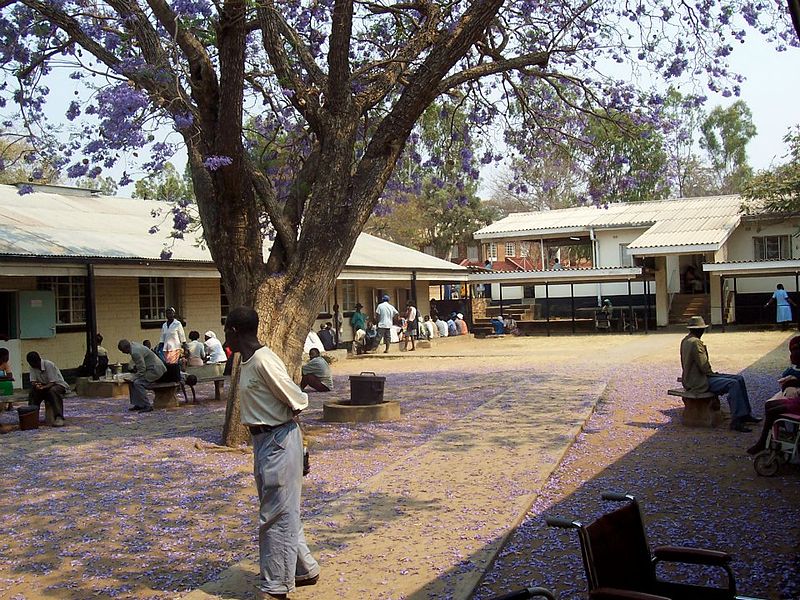
Support from the Sarita Kenedy East Foundation has enabled initiation of a cervical cancer screening program at Karanda Mission Hospital (KMH) near Mount Darwin, Zimbabwe, under the direction of Dr. Paul Thistle.
Through December 2018 in excess of 6600 women have been screened. Approximately 15% of all HIV-positive women have been VIAC positive (the HIV positivity rate is 18%) and 7.2% of those who are
HIV-negative are VIAC positive.
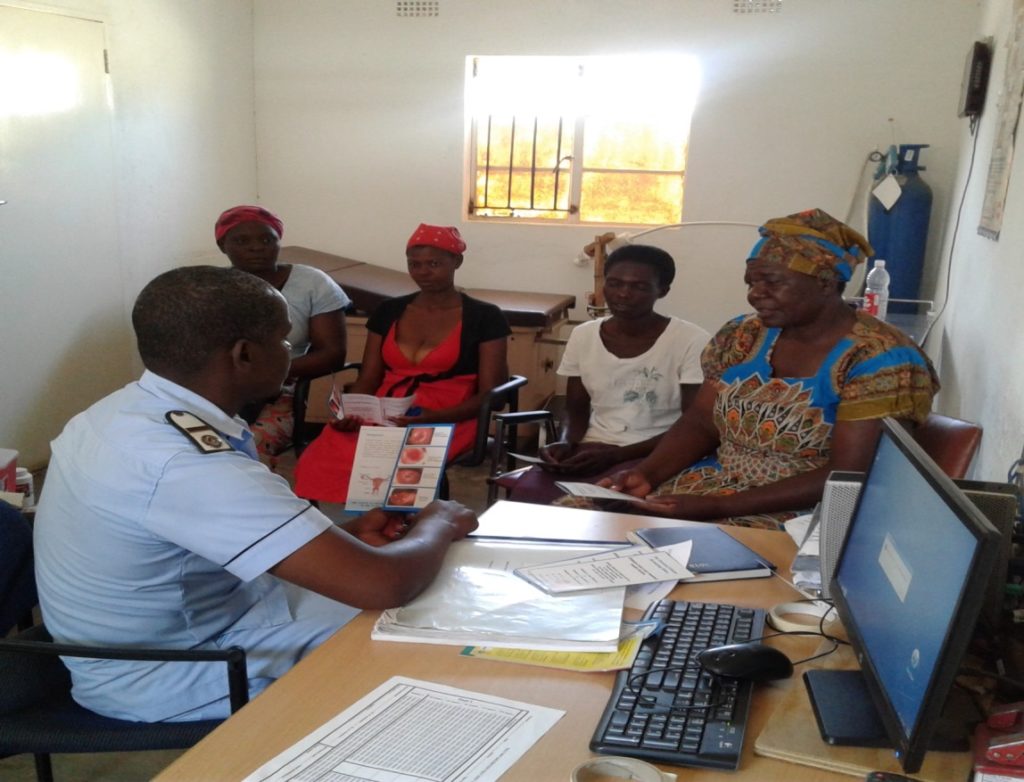
As of December 2018 the combined programs at St. Albert’s and Karanda have screened more than 19,000 women. Of these, about 1000 were VIAC-positive lesions, and nearly half were treated with either cryoablation or loop electrosurgical excision procedure (LEEP). For a substantial number of these women, cervical cancer will have been averted.
